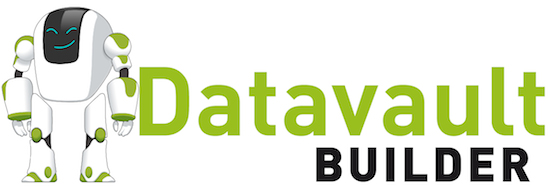Data Modelling: What data model fits your purpose? (Dutch spoken)
In this session we will touch on the most used models. How to apply them in context. Also the need to choose a model fitting the rhythm and purpose of your data.
A lot of discussions are going around about what would be the best data model. Guru’s fall over each other to proof their points. Depending on the background of IT professionals, they might not even know that there are several types of models available. Due to the focus on data science the models behind it are ignored or overlooked. What model you choose has implications for your applications down the line. So, you need to choose a model fitting the purpose of your data, through the life cycle of the data.
Why is it relevant now? GDPR, the new EU Data Act and AI Act ask organisations to know what data they have got, with what purpose, when they started collecting the data and how long are they going to keep it. And those are just the minimal demands. In a lot of industries data is recorded as an asset in the balance sheets. Data has moved from a supporting role to the main act.
A data model determines how data elements relate to each other. If data can be combined, how it can be retrieved. When designing a system most of the time it is overlooked that data is not just saved for registration purposes, but also for analysis.
With the rise of Data Science, Artificial Intelligence and Machine Learning data quality is not a minor concern anymore. There are no people interpreting the registered data. Data is interpreted on a large scale by (mathematical) models in computers. Computers are used for what they do best: calculation. If data is stored in the wrong way, the models will give wrong results, often with disastrous consequences.
The main types of models, relational, dimensional, ensemble and graph are explained.
The focus when choosing a model is: which concern of the organisation needs to be addressed. Is it important to register as accurately as possible what happened in interactions with a customer? Is it necessary to look back at how business was run to improve? Or should we look forward to the future, based on historical data?
Based on the objectives, we discuss the advantages and disadvantages of each type of model. There is no ‘one size fits all’ in data modelling. Choices made during development have long-term consequences for the possible applications of the data. These concerns have implications for the data architecture. In this session we focus on data models.
- Why data and data models are moving from a supporting role to a leading role
- Type of data model, relational, dimensional, ensemble and graph
- Relationship between data model and organizational objective
- Rhythm and purpose of the data captured in a model
- Capture history in a model.
Speakers
Rick van der Lans
Keith McCormick
Wayne Eckerson
Nigel Turner
Jan Henderyckx
Antoine Stelma
Tim Schulteis
Gold and Platinum Partners
Exhibitors & Media partners
Related events
View the Adept Events calendar
“Good quality content from experienced speakers. Loved it!”
Rotterdam University of Applied Sciences
“As always a string of relevant subjects and topics.”
Het Consultancyhuis
“Longer sessions created room for more depth and dialogue. That is what I appreciate about this summit.”
Erasmus MC
“Inspiring summit with excellent speakers, covering the topics well and from different angles. Organization and venue: very good!”
The Hague Municipality
“Inspiring and well-organized conference. Present-day topics with many practical guidelines, best practices and do's and don'ts regarding information architecture such as big data, data lakes, data virtualisation and a logical data warehouse.”
Closesure
“A fun event and you learn a lot!”
Centric
“As a BI Consultant I feel inspired to recommend this conference to everyone looking for practical tools to implement a long term BI Customer Service.”
iConsultancy
“Very good, as usual!”
biim







 @AdeptEventsNL
@AdeptEventsNL